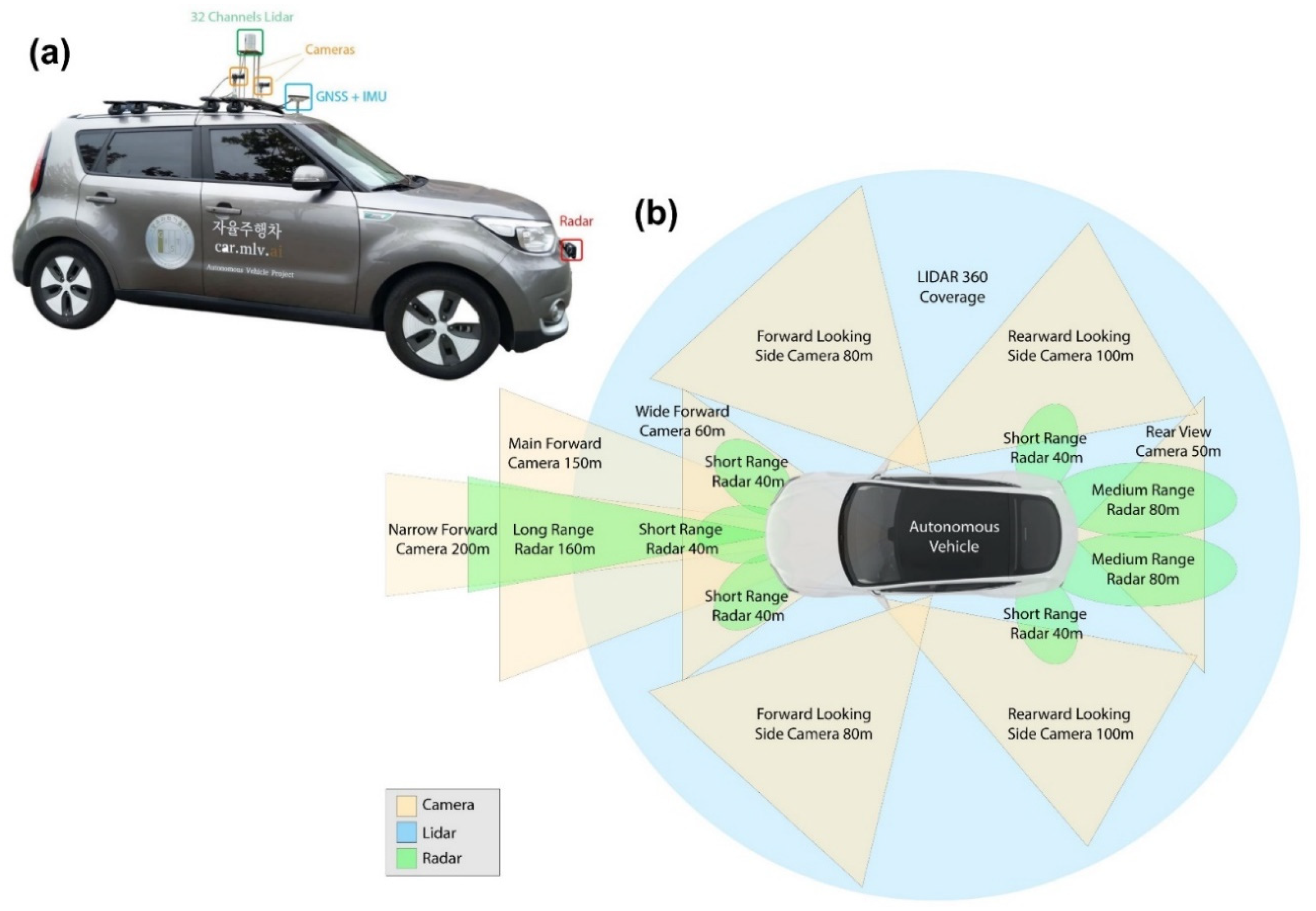
Self-driving technology is rapidly evolving, and Cruise, a subsidiary of General Motors, is leading the charge in developing autonomous electric vehicles (AEVs). With a mission to “make transportation safer, cleaner, and more accessible,” Cruise is pushing the boundaries of what’s possible in the automotive industry.
AEVs have the potential to revolutionize transportation. They offer increased safety by eliminating human error, reduced emissions by using electric power, and improved accessibility for people with disabilities. However, the development and deployment of AEVs face numerous challenges, including technological limitations, regulatory hurdles, and social acceptance concerns.
Cruise is developing advanced software and hardware systems to enable its AEVs to navigate complex road conditions safely and efficiently. Its technology includes:
- Lidar and radar sensors to create detailed maps of the surrounding environment
- Computer vision algorithms to identify objects, pedestrians, and other vehicles
- Machine learning models to predict and respond to traffic patterns
- High-precision GPS and mapping systems
Cruise’s AEVs have undergone extensive testing on public roads, accumulating millions of miles of real-world data. The company claims that its vehicles have achieved Level 4 autonomy, meaning they can operate on their own in most driving situations without human intervention.
The deployment of AEVs requires a clear and comprehensive regulatory framework. Governments must develop guidelines for testing, certification, and licensing of self-driving vehicles. They must also address issues of liability, insurance, and data sharing.
Cruise is working closely with regulators to develop proactive safety standards and establish a robust regulatory environment for AEVs. The company believes that a collaborative approach is essential to ensure the safe and responsible deployment of this transformative technology.
Public acceptance is a critical factor in the success of AEVs. Concerns about safety, reliability, and job displacement need to be addressed. Cruise is conducting extensive community outreach and education programs to inform the public about the benefits and limitations of AEVs.
Surveys show that a majority of people are optimistic about the potential of AEVs but still have concerns about their safety. Cruise is working to build trust by demonstrating the rigorous testing and validation processes it employs to ensure the safety of its vehicles.
AEVs offer significant economic and environmental benefits. They can reduce traffic congestion, improve air quality, and create new jobs in the clean energy sector. Cruise estimates that its AEVs could generate up to $100 billion in annual economic benefits in the United States alone.
By using electric power, AEVs eliminate tailpipe emissions, contributing to the fight against climate change. They also reduce the need for internal combustion engine vehicles, which produce significant amounts of greenhouse gases and other pollutants.
Cruise is at the forefront of developing autonomous electric vehicles. Its advanced technology, collaborative approach with regulators, and focus on social acceptance position the company as a leader in this transformative field. AEVs have the potential to revolutionize transportation, offering increased safety, reduced emissions, and improved accessibility.
While challenges remain, the progress made by Cruise and other companies is encouraging. As the technology matures and regulatory frameworks evolve, AEVs are poised to become a major force in the automotive industry and beyond.



